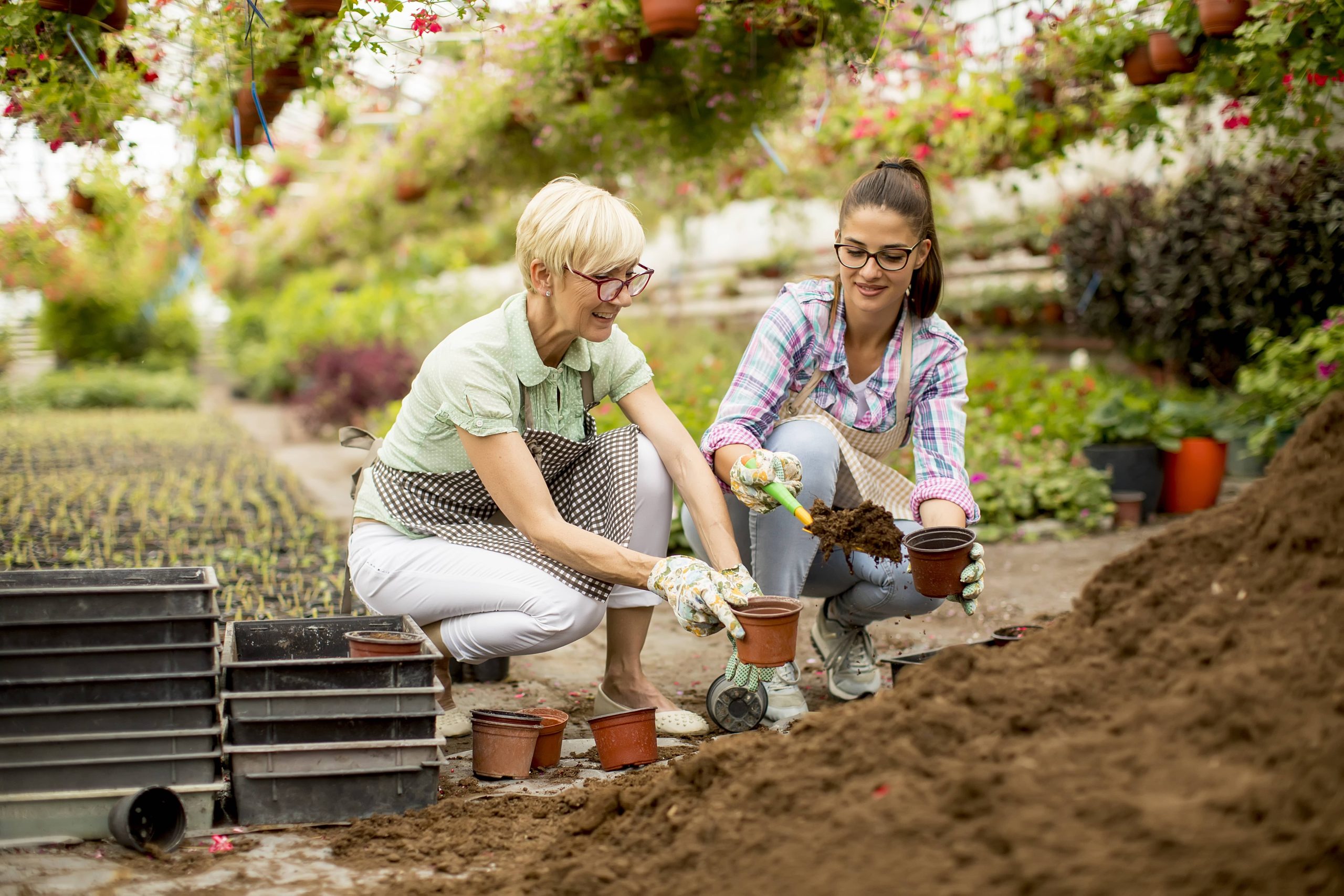
Gardening offers the dual pleasure of tending to plants and reaping the rewards of a bountiful harvest. As an outdoor gardening and landscaping enthusiast, nothing beats the satisfaction of enjoying your own fresh produce. However, to truly appreciate the fruits of your labor all year round, it’s important to not only know when and how to harvest your garden treasures but also how to preserve them successfully. In this blog post, we’ll explore effective techniques for collecting and preserving garden produce to help you enjoy your harvest well beyond the growing season.
Timely Harvesting: Knowing When to Collect
The first step in effectively preserving your garden produce is harvesting at the right time. Picking crops too early or too late can significantly affect both their flavor and nutrition. Here are some general guidelines for knowing when to gather your harvest:
– Leafy Greens: Harvest once they’ve reached a usable size, usually starting with the outer leaves. Frequent picking encourages continuous growth.
– Root Vegetables: Check the shoulders (visible tops) to gauge size. For carrots and radishes, it’s best to harvest once they are firm and brightly colored.
– Fruits: Ripe fruits usually detach easily. Berries can be picked when fully colored and slightly soft, while tomatoes are best when vibrant and firm to slight touch.
– Herbs: Harvest early in the morning when essential oils are most potent, just before flowering for peak flavor.
Regularly monitor your garden and take note of the recommended harvest times for each plant to ensure the best possible produce.
Harvesting Techniques: The Right Approach
Using proper harvesting techniques not only protects your plant from damage but also ensures the produce is in prime condition. Implement these methods for efficient collection:
– Gentle Handling: Use sharp scissors or pruners for clean, precise cuts to minimize plant stress and encourage further growth.
– Wear Gloves: This provides protection for both your hands and the plant.
– Morning Harvest: Harvest in the morning or evening when it’s cooler to prevent wilting.
– Immediate Processing: If possible, process or begin preserving produce shortly after harvesting to maintain quality.
Preservation Methods: Storing the Harvest
Once you’ve collected your produce, it’s time to consider preservation techniques. Understanding various methods allows you to enjoy your garden’s bounty well into the offseason.
1. Canning
Canning is a classic preservation method, perfect for long-term storage of vegetables and fruits.
– Water Bath Canning: Suitable for high-acid foods like tomatoes and fruits. It involves submerging jars in boiling water to seal them.
– Pressure Canning: Used for low-acid foods such as green beans and carrots. This method requires a pressure canner to safely preserve produce by reaching temperatures above boiling.
Always ensure that jars and lids are sterilized, and follow tested recipes to ensure food safety when canning.
2. Freezing
Freezing is a straightforward and relatively quick preservation method, suitable for many types of produce.
– Blanching: Most vegetables require blanching (briefly boiling followed by an ice bath) to preserve color, texture, and nutritional value before freezing.
– Pack Properly: Use freezer bags or airtight containers, removing as much air as possible to prevent freezer burn.
– Label and Date: Keeping track of what’s stored and when prevents forgotten produce at the back of the freezer.
3. Drying
Drying is an excellent way to concentrate flavors and preserve produce without losing nutritional value.
– Sun Drying: Ideal for climates with lots of sun and low humidity. This method works well for herbs and small fruits like grapes and tomatoes.
– Dehydrators: Compact devices that efficiently dry all kinds of produce uniformly.
– Oven Drying: A conventional oven can also be used to dry produce at its lowest setting, although it may be less energy efficient.
Properly dried produce should be stored in airtight containers in a cool, dark place to maximize shelf life.
4. Fermenting
Fermentation not only preserves food but also enhances its nutritional value by introducing beneficial probiotics.
– Simple Fermentation: Sauerkraut and kimchi are classic examples of fermented cabbage. Start with brine (saltwater solution) to encourage beneficial bacteria growth.
– Crock or Jar: Use a clean, non-reactive jar or fermentation crock to store your fermenting produce.
Ensure the ferment is submerged in brine to prevent spoilage. In ideal conditions, flavors improve with age.
5. Pickling
Pickling involves preserving produce in an acidic solution, often vinegar-based with spices and herbs, for tangy, flavorful results.
– Quick Pickling: Offers immediate results and is perfect for cucumbers, peppers, and radishes.
– Preserving Pickles: For long-term storage, combine pickling with canning to ensure a preserved, shelf-stable product.
Pickling is not only practical for preservation but also greatly enhances the taste of vegetables.
Planning Ahead for Continuous Harvest
Effective preservation starts with planning your garden layout and choosing varieties suitable for both fresh consumption and preservation. Consider planting high-yield and storage-friendly crops such as squash, beans, and cabbage. Successive planting every few weeks can provide a continuous harvest, allowing you to enjoy fresh produce and preserve throughout the season.
Embrace the Abundance
With the right techniques, you can embrace the abundance of your garden and savor its offerings year-round. Each preservation method can be an enjoyable extension of your gardening hobby, providing new tastes and textures for you and your family to enjoy at your table. Whether you’re fermenting cabbage into sauerkraut, sun-drying tomatoes, or canning delicious peach preserves, each jar and package is a testament to your hard work and dedication as a home gardener. Happy gardening and preserving!













